How to Create a Mood Board for Your Next Project
Post Summary: A lesson in creating a mood board to help with your upcoming project, a room makeover, or that big-ticket item you can’t stop thinking about.

One of the biggest mistakes I see many people making is rushing into the design of their new home. Most people think furnishing and designing their space comes directly after purchasing/moving into their house. While it might be true to some extent, I mean you do need a bed to sleep on, dishes to eat off, and possibly a couch to lounge on.
But it’s hard to make any changes without seeing the bigger picture first.
So before you purchase all your furniture at once or even worse purchase all your furniture from one place! Think about how you want your home to look and most importantly feel.
Which is why I’m sharing the most important part of any design process and teaching you how to create a mood board.
It’s the first step in planning out your next project, a room makeover, or even that big-ticket item you can’t stop thinking about.

We’ve partnered with Carpet One Floor & Home to include a few pieces from their 2021 Trending Ten Design Kit. If you didn’t know Carpet One Floor & Home is the largest buyer of floor coverings in North America. They boast an exclusive selection of brands and quality installations. Not to mention a satisfaction guarantee on all of their flooring. Meaning if you aren’t 100% happy with the floors then they will come and replace them for FREE! (That alone is amazing and worth checking out).
What is a mood board?
Designers often use a mood board to tell a story of a space or room in a home. When we’re working with a client we ask them specific questions, like how they want the room to feel, what materials they want, and what they don’t like.
From there we can take a look at the flow of the space, what elements of the design make sense together and what doesn’t. This is an important step because we often use the mood board to avoid any costly mistakes later on.
Figuring out What The Client (or you) Wants in a Space
Let’s take our kitchen and dining room design as an example because you guessed it, we’re planning an upcoming makeover. I’m using one mood board for two spaces because it is an open concept, and I don’t want them to feel disconnected.
Step one is to ask ourselves or the client how we want the space to feel.
Warm and cozy.
How do you want the space to look?
Cottage-esque, and like it belongs in a garden.
What don’t you want in the space or what don’t you want the space to feel like?
For this project, I don’t want it to be bright, white, or feel like a sterile bathroom. I want it to have character instead and I want to avoid it looking like every other home on Instagram lately.

Deciding on the Elements of the Mood Board
From those questions, we can assume our client (us) wants rich “moody” tones like greens, greys, and browns.
The “cottage-eque” look means we want to incorporate natural elements like wood, stone, or even metals into the design.
Cozy was another word used to describe how our clients wanted the space to feel. That usually means we will incorporate more texture and darker colors into the design itself. This leads us to what the clients don’t want, which is white, bright, and sterile. So we will avoid

Sourcing Products & Samples
One of my favorite parts of the design is sourcing for a project. I enjoy the hunt of finding the perfect textile, flooring, or unique antique. I’m sharing exactly where I found each of the items in our mood board:
- Mirror Lake Performance Flooring: Enchanted Lake in Creamy from Carpet One.
- White Subway Tile from Carpet One
- Serena & Lily, Summerside Wallpaper in Evergreen.
- Broadloom Lafayette Square carpet in Performer from Carpet One.
- Slate Sample
- Tonic Living, Tuscany Linen in Sedona
- Bel Terra Revo Tile in Enchanting Marble Matte from Carpet One
- Fall Floral from AFloral
Styling the mood board is completely up to you, and what you think looks good. I kind of love seeing how different each board is. Even with the same products, each board will look unique.
Now What?
Now that we have our mood board put together we present it to our client. From there we can really dissect what they want. Then we usually make a few changes, followed by presenting an updated version of this mood board and a couple of renderings of the space with all these elements taken into consideration.
It’s from this point that we can start the new project, room makeover, or make the purchase for the big-ticket item you can’t stop thinking about.
Looking for More Design Content like Mood Boards?
Introducing our new living room design + 3 Mood Boards!
Our Kids Jungle Themed Room + Fun Mood Board


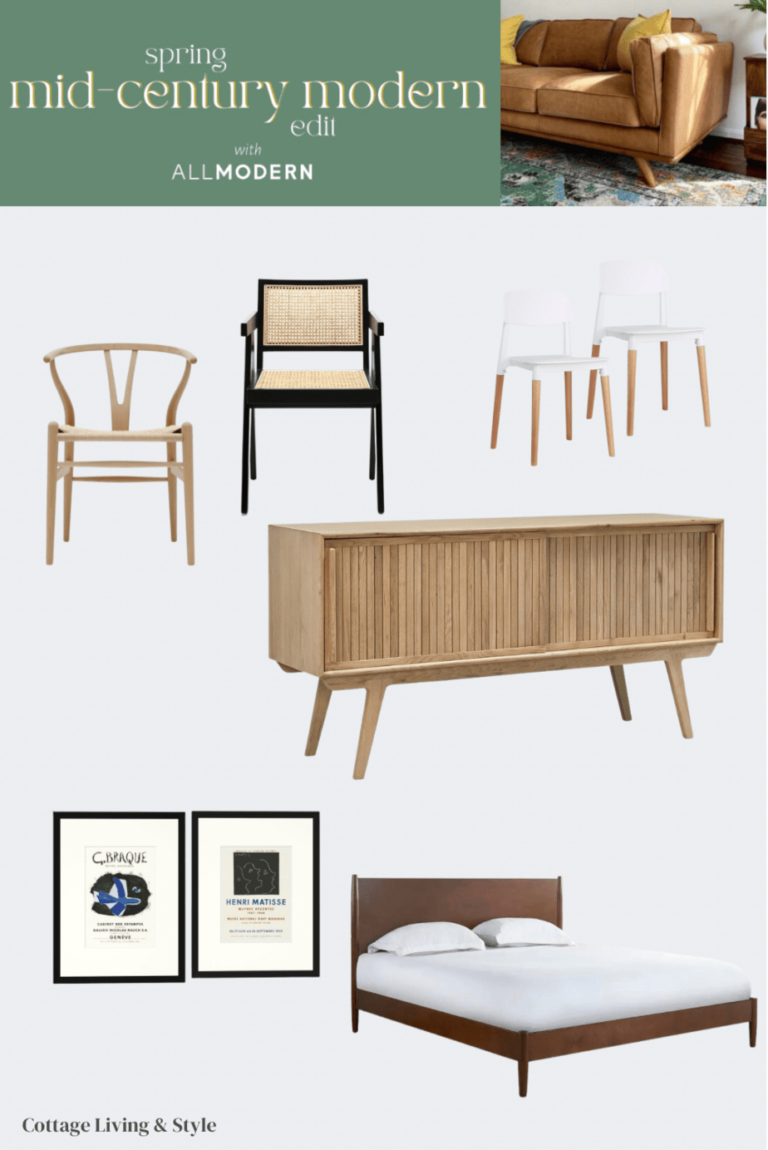
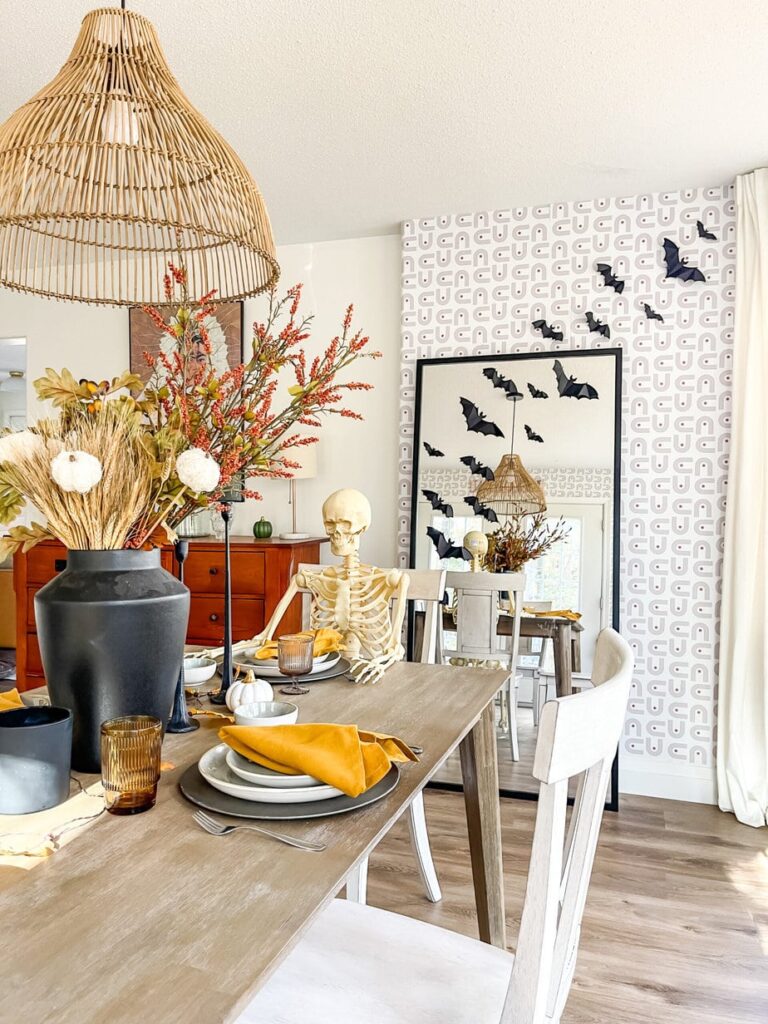
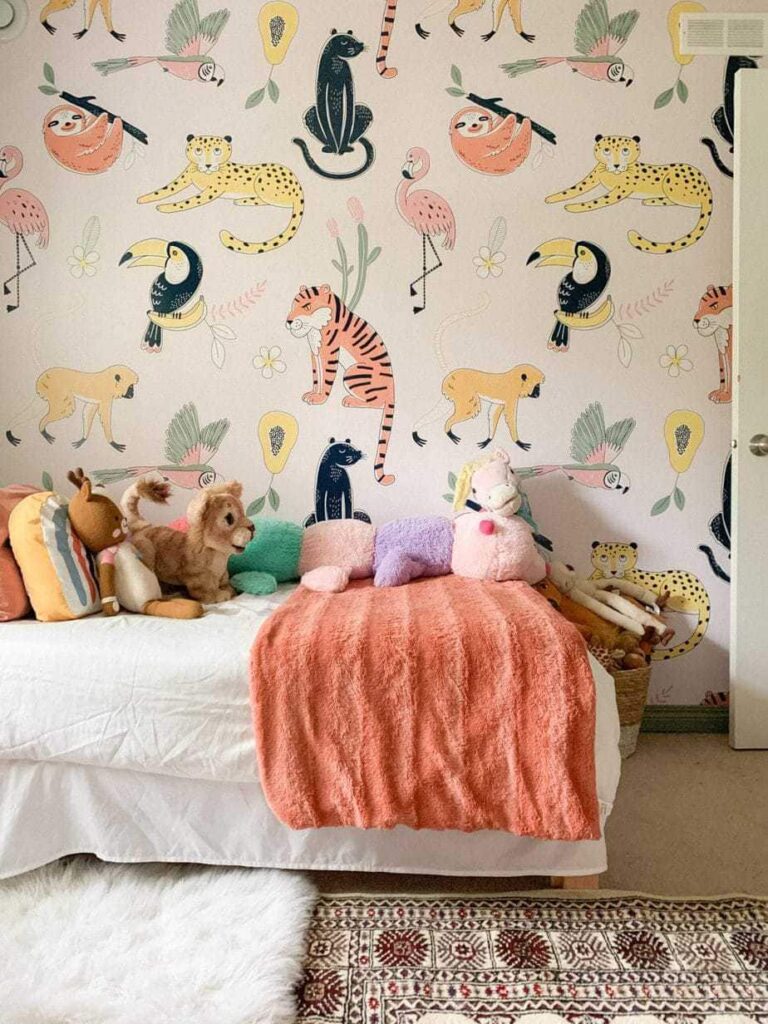
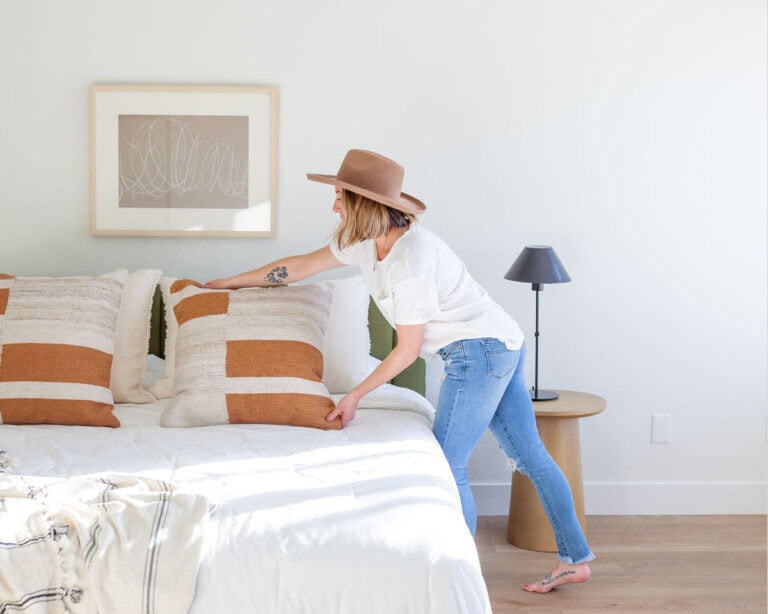
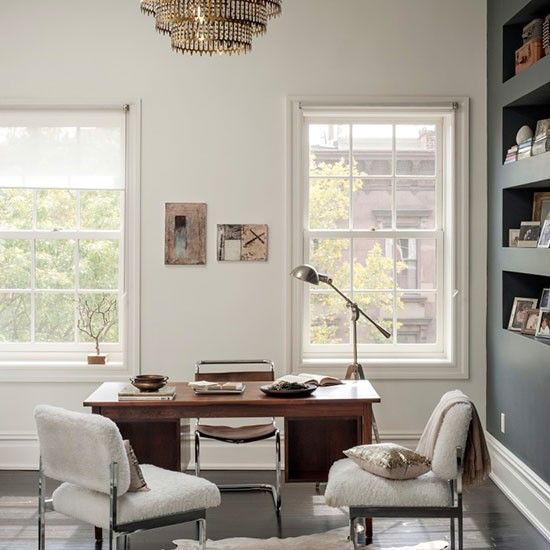
One Comment